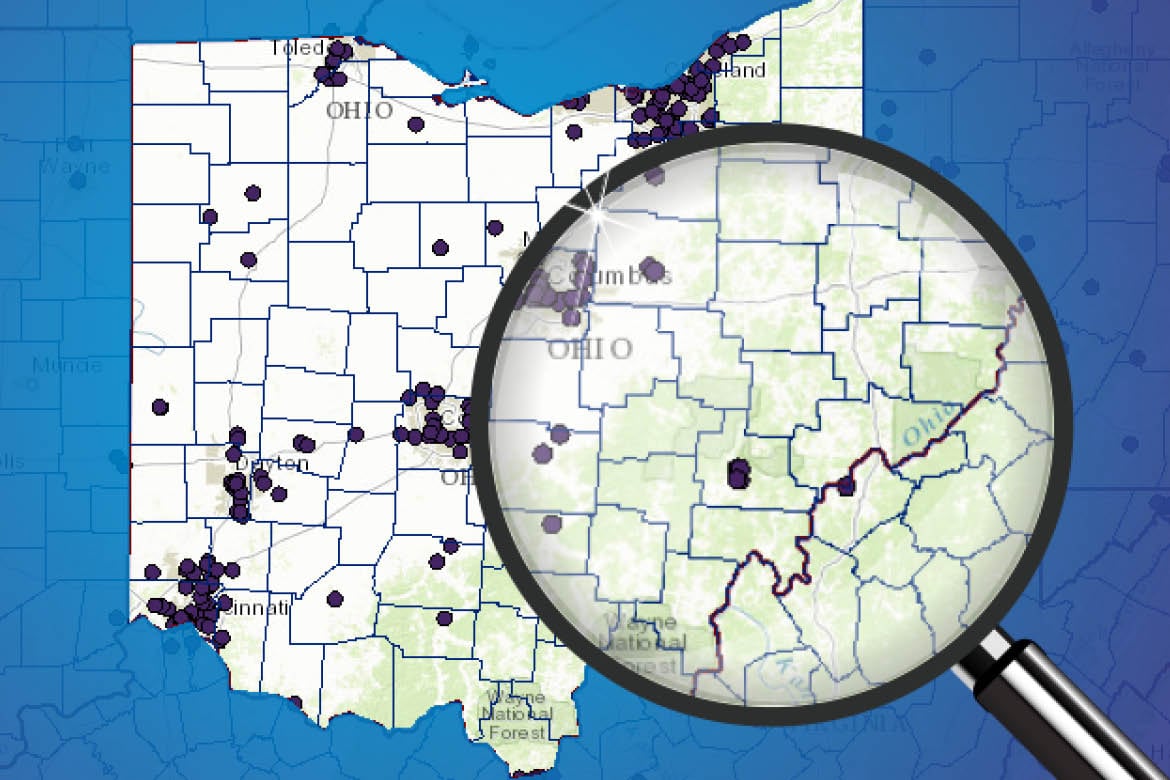The distribution of the health care workforce has major implications for residents, physicians, advocates, policymakers and, of course, patients. An updated mapping tool can help you better grasp that distribution and how it relates to population health and professional opportunities.
The AMA Health Workforce Mapper Version 2.0 is a customizable, interactive tool that illustrates the geographic distribution of the health care workforce. Users can filter physician and non-physician health care professionals by specialty and employment setting at the state, county and metropolitan levels.
The mapper also features geographic and policy data relevant to the health care workforce, including health professional shortage areas, hospital locations and population indicators. This data can be used to:
- Help residents determine which regions are most in need of physicians in their given specialty
- Help practices distinguish possible areas of both deficiency and overlap and identify high-priority areas for workforce expansion
- Help advocates demonstrate to policymakers the geographic distribution of the health care workforce to assist them in making appropriate, evidence-based decisions
For example, with just three clicks, a user could determine that 49 of Ohio’s 88 counties lack a single geriatrician; that 18% of Belmont County’s 70,000 residents are over the age of 65; and that Delaware County’s population increased more than 58% from 2000 to 2010.
Basemaps provide further detail in the form of geographic features, highways, health care facilities and health policy areas, including primary care health provider shortage areas and medically underserved areas and populations.
Includes all specialties, plus population health data
The new version of the mapper incorporates every specialty and subspecialty in the AMA Physician Masterfile and the CMS National Provider Identifier database, including non-physician specialties. It also includes resident physicians.
The tool’s new Population Health Explorer displays a variety of population health factors, including:
- Morbidity and mortality rates per health indicator
- Health care access and quality, from percent uninsured to hospital readmission rate
- Health behaviors, such as smoking and alcohol use
- Demographics, including age and race
- More than a dozen social environment factors
For example, a user can quickly determine that Douglas County has the highest rate of uninsured people under 19 years of age in Illinois.
Access to the mapper is free and open to the public. AMA members may export customizable Excel files ranking health workforce and demographic data by county.
The AMA Health Workforce Mapper was developed in collaboration with the American Academy of Family Physicians (AAFP) Robert Graham Center and HealthLandscape, and it was funded by the AMA Scope of Practice Partnership. For more information about the mapper, contact the AMA Advocacy Resource Center.




